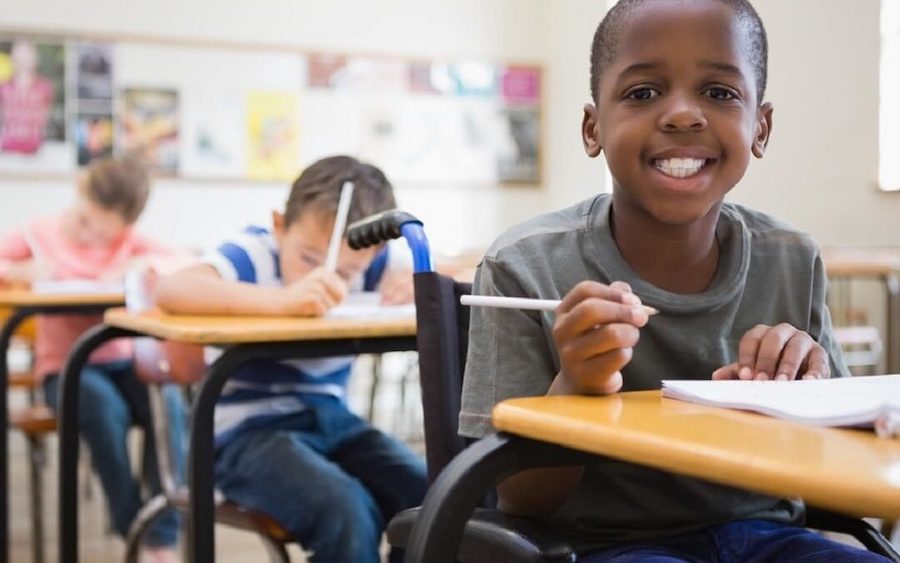
Outdoor Literacy-Based Learning Activities
|
Take learning outside with literacy-based learning adventures full of movement, fun, and educational opportunities. ALPHABET/WORD SEARCH WALK Create an interactive outdoor search activity using letters of the alphabet, sight words, or vocabulary words. If students are searching for letters, use wooden alphabet blocks. If students are searching for sight words or vocabulary words, write the words on clothespins. Within a natural space, park, or playground with determined boundaries, place the alphabet blocks or clothespins throughout the area. Pair students for their search. As they collect each letter or word, have students return to a designated area to place the letters or words into a class collection. To extend the academic connections as students turn in letters or words, consider the following. Letters
Sight Words and Vocabulary Words
After each alphabet block is turned in, place the blocks in alphabetical order. That way, students know they’ve found all the blocks when the alphabet is complete. After each clothespin is turned in, clip them to a yardstick or piece of ribbon in alphabetical order. Continue the search until all blocks and clothespins are found! WORD FAMILIES RELAY Before beginning the word families relay, write different ways students should move during the relay on slips of paper. Movements may include the following.
To begin the relay, select a movement and a word family and announce them to the class. During their turn, each student should shout a word that fits into the word family, move in the named way to the turning point and back to the start/finish line, and tag the next student. Before starting the movement, each student should shout a different word, being careful not to repeat one a student has already said. After students complete their turns, they should squat at the end of the line. The relay is complete when all students have completed their turn and are squatting. If desired, keep the relay going by choosing a new movement and word family. STORY ELEMENTS MOVEMENT STATIONS Story Elements Movement Stations boost reading comprehension by making story review more interactive and fun. Feature a short story or book that the class has recently read. On a paved surface, create numbered stations. Number the stations with sidewalk chalk, flags, colored tape, etc. Include information sheets on clipboards or present the information on a display board, small whiteboard, poster board, etc. Determine the amount of time groups should spend at the station. Divide the class into seven teams. If desired, ask a volunteer in each group to read the task and present the information to their teammates or lead the discussion at each station. Tell each group where they should begin. Before beginning the activity, shout out a movement for students to complete. Quick exercise ideas include arm circles, criss-cross feet, jumping jacks, lunges, marching or running in place, and squats. Tell students when to start and stop the movement, when to begin the activity at each station, and when to move to the next station.
For active academics both inside and out of the classroom, check out Walkabouts, on-demand adventures that transform any space into a movement-rich environment where students engage in physical activity while they practice reading, language arts, and math content. Ready to see Walkabouts in action? Request a free trial today! |





